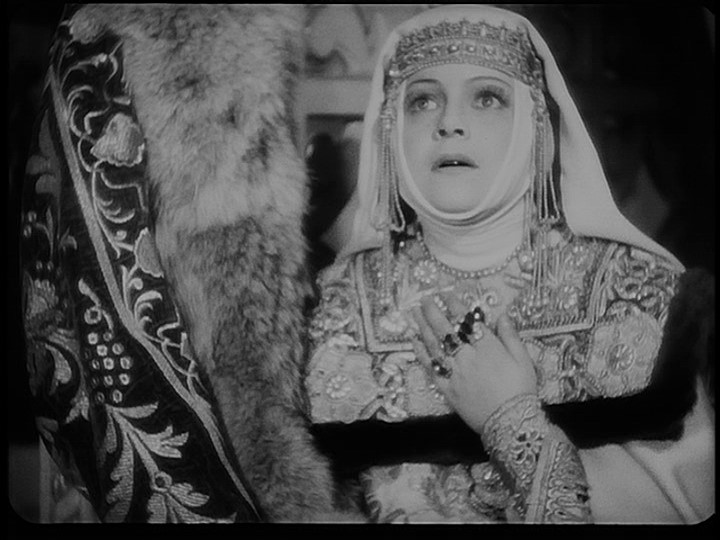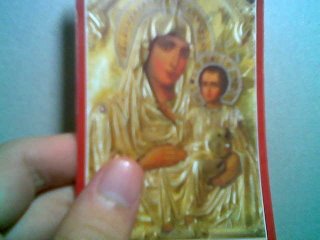New Rome: Rad Relics
The Ecumenical Patriarchate, however, still remains home to an impressive number of relics, which the Pope & Patriarch will jointly venerate today:
 Left to Right: Column of Christ's Flagellation, relics of St Theophano, St Euphemia & St Solomone
Left to Right: Column of Christ's Flagellation, relics of St Theophano, St Euphemia & St SolomoneThe Column of Christ's Flagellation
The column is one of the most ancient and treasured relics in St George's. Brought to Constantinople by St Helen, the mother of Constantine the Great, it is only a third of the full column - the other two portions are preserved in Jerusalem and Rome.
The Relics of St Theophano
St Theophano came from a devout, noble family of Constantinople. She married Leo, heir apparent to the imperial crown. Leo became known in history as Emperor Leo the Wise (886-911). Despite being born into an aristocratic house and marrying into the imperial palace, Empress Theophano always led an ascetic life. The hymns of the Church recall how she renounced earthly riches, choosing a life of prayer and alms giving instead. She is commemorated on 16 December.
The Relics of St Euphemia
St Euphemia was born in Chalcedon to devout parents. She was tortured under the persecutions of Emperors Diocletian and Maximian in the late 3rd century. St Euphemia is known for working a miracle that determined the final doctrinal definition at the Fourth Ecumenical Council in 451. The 630 Fathers at the Council were deliberating the two differing opinions on the natures of Christ. To test the teaching, the Fathers inscribed them on two separate decrees, and placed them inside the reliquary of St Euphemia. When the reliquary was opened later, the heretical decree had fallen to the feet of the saint, while the orthodox doctrine rested in her hands. This miracle is celebrated by the Church on 11 July, and St Euphemia is commemorated on 16 September.
The Relics of St Solomone
St Solomone was of Jewish ancestry and was the mother of the seven Maccabees, who suffered torture at the hands of the state in the name of Christ. She is commemorated on 1 August.
The relics however, probably belong to Mary Salome, one of the women who stood at the foot of the cross and myrrh-bearer, since Solomone was burned to death.
The Relics of St Gregory Nazianzen & St John Chrysostom
St Gregory the Nazianzen was a fervent advocate of the doctrine of the Trinity and is known for paving the way for the triumph of orthodoxy at the Second Ecumenical Council, which completed the Symbol of Faith (the Nicene Creed). He is commemorated on 1 January
St John Chrysostom was known for his eloquence in public speaking and his denunciation of the abuse of authority in the Church and Empire at that time. He is commemorated on 13 November.
Their relics were taken to Rome during the Sack of Constantinople, where they remained for 800 years until Pope John Paul II returned them to the Ecumenical Patriarchate in November, 2004.
Interestingly enough, Hagia Sophia, the Great Church of the Holy Wisdom (now a museum), seems to have been itself an object of devotion to pilgrims. Unlike the churches of other great pilgrimage centres, the religious value of the building was not attributed to a single, specific relic, but was actually the sacred edifice itself. Anthony, future archbishop of Novgorod, begins his description of the shrines and relics of Constantinople with the phrase, "First we venerated St Sophia", just as 15th century Russian pilgrim, hierodeacon Zosima begins his recital of a visit with the words, "First I venerated the holy Great Church of Wisdom," and then begins his litany of miraculous images and holy relics.
Hmm. I wonder if Pope Benedict will do the same.

















